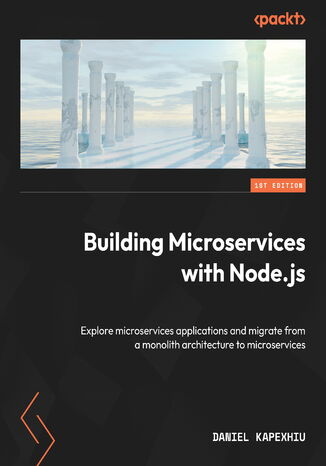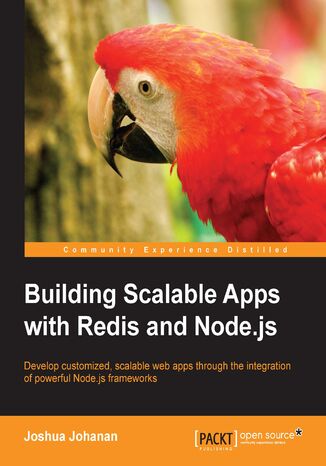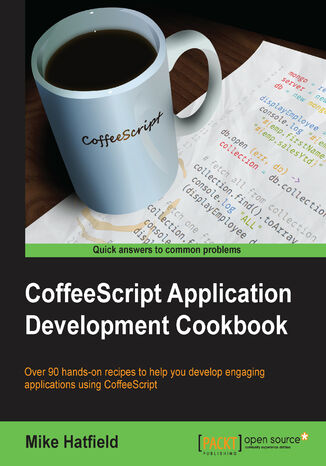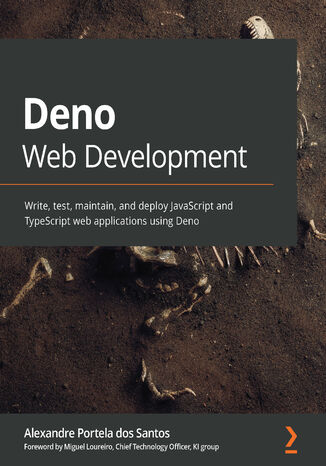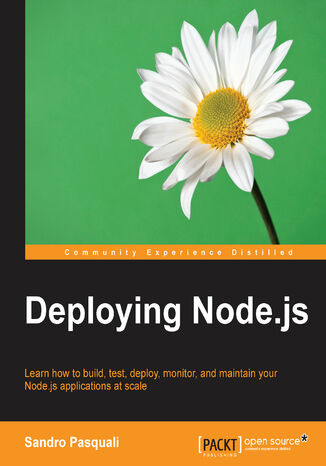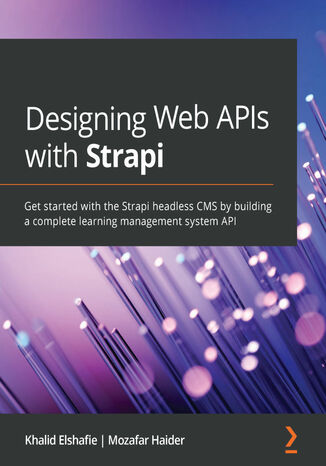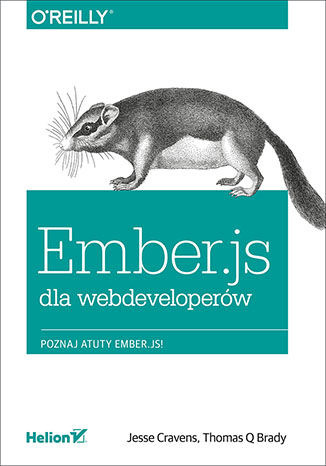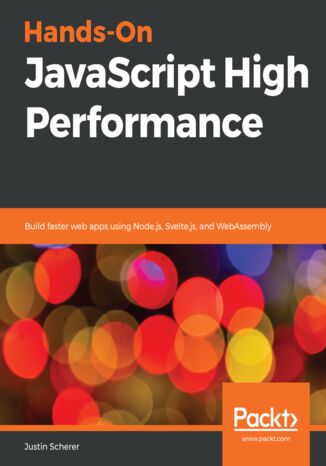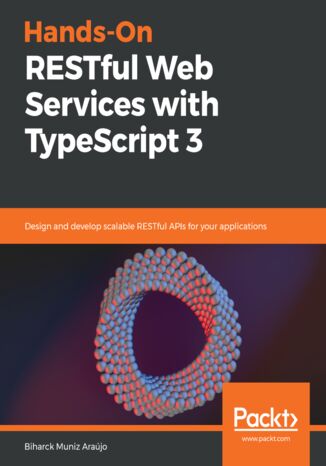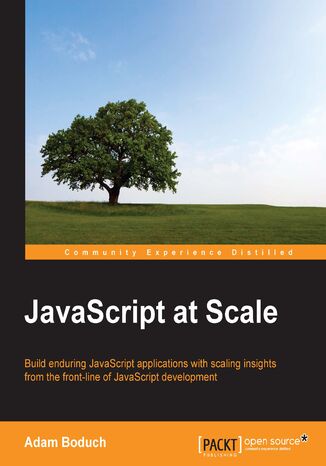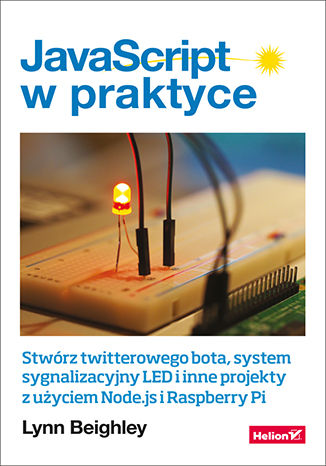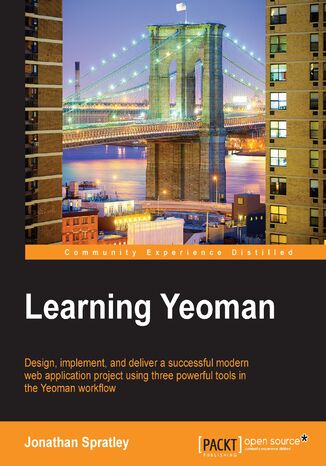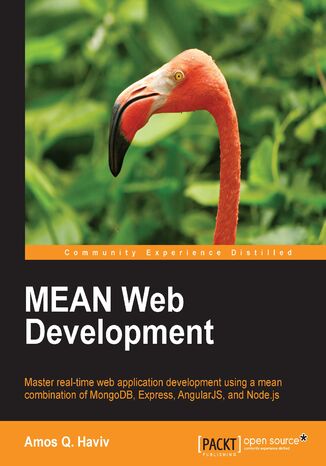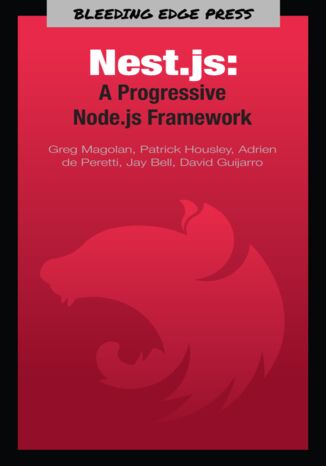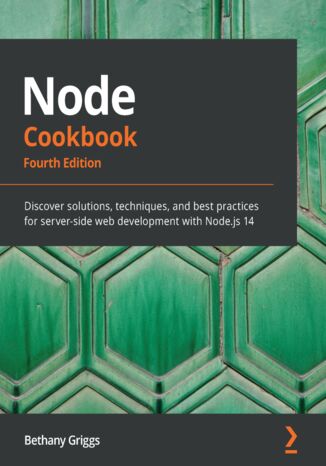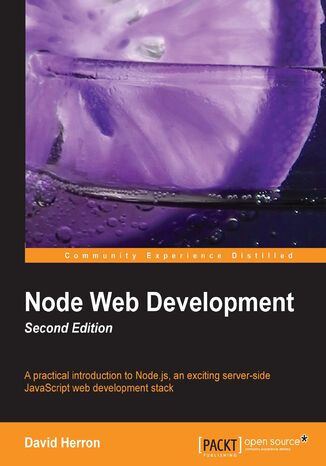Kategorie
Ebooki
-
Biznes i ekonomia
- Bitcoin
- Bizneswoman
- Coaching
- Controlling
- E-biznes
- Ekonomia
- Finanse
- Giełda i inwestycje
- Kompetencje osobiste
- Komputer w biurze
- Komunikacja i negocjacje
- Mała firma
- Marketing
- Motywacja
- Multimedialne szkolenia
- Nieruchomości
- Perswazja i NLP
- Podatki
- Polityka społeczna
- Poradniki
- Prezentacje
- Przywództwo
- Public Relation
- Raporty, analizy
- Sekret
- Social Media
- Sprzedaż
- Start-up
- Twoja kariera
- Zarządzanie
- Zarządzanie projektami
- Zasoby ludzkie (HR)
-
Dla dzieci
-
Dla młodzieży
-
Edukacja
-
Encyklopedie, słowniki
-
E-prasa
- Architektura i wnętrza
- Biznes i Ekonomia
- Dom i ogród
- E-Biznes
- Finanse
- Finanse osobiste
- Firma
- Fotografia
- Informatyka
- Kadry i płace
- Komputery, Excel
- Księgowość
- Kultura i literatura
- Naukowe i akademickie
- Ochrona środowiska
- Opiniotwórcze
- Oświata
- Podatki
- Podróże
- Psychologia
- Religia
- Rolnictwo
- Rynek książki i prasy
- Transport i Spedycja
- Zdrowie i uroda
-
Historia
-
Informatyka
- Aplikacje biurowe
- Bazy danych
- Bioinformatyka
- Biznes IT
- CAD/CAM
- Digital Lifestyle
- DTP
- Elektronika
- Fotografia cyfrowa
- Grafika komputerowa
- Gry
- Hacking
- Hardware
- IT w ekonomii
- Pakiety naukowe
- Podręczniki szkolne
- Podstawy komputera
- Programowanie
- Programowanie mobilne
- Serwery internetowe
- Sieci komputerowe
- Start-up
- Systemy operacyjne
- Sztuczna inteligencja
- Technologia dla dzieci
- Webmasterstwo
-
Inne
-
Języki obce
-
Kultura i sztuka
-
Lektury szkolne
-
Literatura
- Antologie
- Ballada
- Biografie i autobiografie
- Dla dorosłych
- Dramat
- Dzienniki, pamiętniki, listy
- Epos, epopeja
- Esej
- Fantastyka i science-fiction
- Felietony
- Fikcja
- Humor, satyra
- Inne
- Klasyczna
- Kryminał
- Literatura faktu
- Literatura piękna
- Mity i legendy
- Nobliści
- Nowele
- Obyczajowa
- Okultyzm i magia
- Opowiadania
- Pamiętniki
- Podróże
- Poemat
- Poezja
- Polityka
- Popularnonaukowa
- Powieść
- Powieść historyczna
- Proza
- Przygodowa
- Publicystyka
- Reportaż
- Romans i literatura obyczajowa
- Sensacja
- Thriller, Horror
- Wywiady i wspomnienia
-
Nauki przyrodnicze
-
Nauki społeczne
-
Podręczniki szkolne
-
Popularnonaukowe i akademickie
- Archeologia
- Bibliotekoznawstwo
- Filmoznawstwo
- Filologia
- Filologia polska
- Filozofia
- Finanse i bankowość
- Geografia
- Gospodarka
- Handel. Gospodarka światowa
- Historia i archeologia
- Historia sztuki i architektury
- Kulturoznawstwo
- Lingwistyka
- Literaturoznawstwo
- Logistyka
- Matematyka
- Medycyna
- Nauki humanistyczne
- Pedagogika
- Pomoce naukowe
- Popularnonaukowa
- Pozostałe
- Psychologia
- Socjologia
- Teatrologia
- Teologia
- Teorie i nauki ekonomiczne
- Transport i spedycja
- Wychowanie fizyczne
- Zarządzanie i marketing
-
Poradniki
-
Poradniki do gier
-
Poradniki zawodowe i specjalistyczne
-
Prawo
- BHP
- Historia
- Kodeks drogowy. Prawo jazdy
- Nauki prawne
- Ochrona zdrowia
- Ogólne, kompendium wiedzy
- Podręczniki akademickie
- Pozostałe
- Prawo budowlane i lokalowe
- Prawo cywilne
- Prawo finansowe
- Prawo gospodarcze
- Prawo gospodarcze i handlowe
- Prawo karne
- Prawo karne. Przestępstwa karne. Kryminologia
- Prawo międzynarodowe
- Prawo międzynarodowe i zagraniczne
- Prawo ochrony zdrowia
- Prawo oświatowe
- Prawo podatkowe
- Prawo pracy i ubezpieczeń społecznych
- Prawo publiczne, konstytucyjne i administracyjne
- Prawo rodzinne i opiekuńcze
- Prawo rolne
- Prawo socjalne, prawo pracy
- Prawo Unii Europejskiej
- Przemysł
- Rolne i ochrona środowiska
- Słowniki i encyklopedie
- Zamówienia publiczne
- Zarządzanie
-
Przewodniki i podróże
- Afryka
- Albumy
- Ameryka Południowa
- Ameryka Środkowa i Północna
- Australia, Nowa Zelandia, Oceania
- Austria
- Azja
- Bałkany
- Bliski Wschód
- Bułgaria
- Chiny
- Chorwacja
- Czechy
- Dania
- Egipt
- Europa
- Francja
- Góry
- Grecja
- Hiszpania
- Holandia
- Islandia
- Litwa
- Mapy, Plany miast, Atlasy
- Miniprzewodniki
- Niemcy
- Norwegia
- Podróże aktywne
- Polska
- Portugalia
- Pozostałe
- Rosja
- Rumunia
- Słowacja
- Słowenia
- Szwajcaria
- Szwecja
- Świat
- Turcja
- Ukraina
- Węgry
- Wielka Brytania
- Włochy
-
Psychologia
- Filozofie życiowe
- Kompetencje psychospołeczne
- Komunikacja międzyludzka
- Mindfulness
- Ogólne
- Perswazja i NLP
- Psychologia akademicka
- Psychologia duszy i umysłu
- Psychologia pracy
- Relacje i związki
- Rodzicielstwo i psychologia dziecka
- Rozwiązywanie problemów
- Rozwój intelektualny
- Sekret
- Seksualność
- Uwodzenie
- Wygląd i wizerunek
- Życiowe filozofie
-
Religia
-
Sport, fitness, diety
-
Technika i mechanika
Audiobooki
-
Biznes i ekonomia
- Bitcoin
- Bizneswoman
- Coaching
- Controlling
- E-biznes
- Ekonomia
- Finanse
- Giełda i inwestycje
- Kompetencje osobiste
- Komunikacja i negocjacje
- Mała firma
- Marketing
- Motywacja
- Nieruchomości
- Perswazja i NLP
- Podatki
- Poradniki
- Prezentacje
- Przywództwo
- Public Relation
- Sekret
- Social Media
- Sprzedaż
- Start-up
- Twoja kariera
- Zarządzanie
- Zarządzanie projektami
- Zasoby ludzkie (HR)
-
Dla dzieci
-
Dla młodzieży
-
Edukacja
-
Encyklopedie, słowniki
-
Historia
-
Informatyka
-
Inne
-
Języki obce
-
Kultura i sztuka
-
Lektury szkolne
-
Literatura
- Antologie
- Ballada
- Biografie i autobiografie
- Dla dorosłych
- Dramat
- Dzienniki, pamiętniki, listy
- Epos, epopeja
- Esej
- Fantastyka i science-fiction
- Felietony
- Fikcja
- Humor, satyra
- Inne
- Klasyczna
- Kryminał
- Literatura faktu
- Literatura piękna
- Mity i legendy
- Nobliści
- Nowele
- Obyczajowa
- Okultyzm i magia
- Opowiadania
- Pamiętniki
- Podróże
- Poezja
- Polityka
- Popularnonaukowa
- Powieść
- Powieść historyczna
- Proza
- Przygodowa
- Publicystyka
- Reportaż
- Romans i literatura obyczajowa
- Sensacja
- Thriller, Horror
- Wywiady i wspomnienia
-
Nauki przyrodnicze
-
Nauki społeczne
-
Popularnonaukowe i akademickie
-
Poradniki
-
Poradniki zawodowe i specjalistyczne
-
Prawo
-
Przewodniki i podróże
-
Psychologia
- Filozofie życiowe
- Komunikacja międzyludzka
- Mindfulness
- Ogólne
- Perswazja i NLP
- Psychologia akademicka
- Psychologia duszy i umysłu
- Psychologia pracy
- Relacje i związki
- Rodzicielstwo i psychologia dziecka
- Rozwiązywanie problemów
- Rozwój intelektualny
- Sekret
- Seksualność
- Uwodzenie
- Wygląd i wizerunek
- Życiowe filozofie
-
Religia
-
Sport, fitness, diety
-
Technika i mechanika
Kursy video
-
Bazy danych
-
Big Data
-
Biznes i ekonomia
-
Cyberbezpieczeństwo
-
Data Science
-
DevOps
-
Dla dzieci
-
Elektronika
-
Grafika/Wideo/CAX
-
Gry
-
Microsoft Office
-
Narzędzia programistyczne
-
Programowanie
-
Rozwój osobisty
-
Sieci komputerowe
-
Systemy operacyjne
-
Testowanie oprogramowania
-
Urządzenia mobilne
-
UX/UI
-
Web development
Podcasty
- Ebooki
- Webmasterstwo
- Node.js
Node.js
Do you want to immerse yourself in the world of microservices? Building Microservices with Node.js will guide you through migration from a monolithic architecture to microservices. With this book, you’ll acquire a deep understanding of microservices architecture and apply it confidently in your web application projects.As you progress, you’ll be guided through the process of creating a simple application and incorporating the Node.js framework into it, along with its commonly used libraries. You’ll learn how the framework operates, how to configure it, and how to develop handlers for the web framework. Furthermore, you’ll explore how to deploy your application to a production server while going through the intricacies of JavaScript and Node.js. Later chapters will show you how to approach microservices in Node.js, implement them effectively, and integrate RESTful APIs. Additionally, you’ll gain insights into service-to-service authentication and authorization and learn how to work with databases and caching. To ensure a comprehensive understanding of the topic, you’ll get to grips with monitoring and logging in microservices with Node.js.By the end of this microservices book, you’ll be able to develop a web app using the Node.js framework, configure it, extend it using libraries available for this framework, and launch it using best practices.
Alexandre Portela dos Santos, Miguel Loureiro
Deno is a JavaScript and TypeScript runtime with secure defaults and a great developer experience. With Deno Web Development, you'll learn all about Deno's primitives, its principles, and how you can use them to build real-world applications. The book is divided into three main sections: an introduction to Deno, building an API from scratch, and testing and deploying a Deno application.The book starts by getting you up to speed with Deno's runtime and the reason why it was developed. You'll explore some of the concepts introduced by Node, why many of them transitioned into Deno, and why new features were introduced. After understanding Deno and why it was created, you will start to experiment with Deno, exploring the toolchain and writing simple scripts and CLI applications. As you progress to the second section, you will create a simple web application and then add more features to it. This application will evolve from a simple 'hello world' API to a web application connected to the database, with users, authentication, and a JavaScript client. In the third section, the book will take you through topics such as dependency management, configuration and testing, finishing with an application deployed in a cloud environment.By the end of this web development book, you will become comfortable with using Deno to create, maintain, and deploy secure and reliable web applications.
Khalid Elshafie, Mozafar Haider
Strapi is a Node.js-based, flexible, open-source headless CMS with an integrated admin panel that anyone can use and helps save API development time. APIs built with Strapi can be consumed using REST or GraphQL from any client. With this book, you'll take a hands-on approach to exploring the capabilities of the Strapi platform and creating a custom API from scratch.This book will help JavaScript developers to put their knowledge to work by guiding them through building powerful backend APIs. You'll see how to effortlessly create content structures that can be customized according to your needs, and gain insights into how to write, edit, and manage your content seamlessly with Strapi. As you progress through the chapters, you'll discover a wide range of Strapi features, as well as understand how to add complex features to the API such as user authentication, data sorting, and pagination. You'll not only learn how to find and use existing plugins from the open-source community but also build your own plugins with custom functionality with the Strapi plugin API and add them to the admin panel. Finally, you'll learn how to deploy the API to Heroku and AWS.By the end of this book, you'll be able to build powerful, scalable, and secure APIs using Strapi.
Poznaj atuty Ember.js! Ember.js to biblioteka języka JavaScript, dzięki której możesz sprawnie budować aplikacje na podstawie wzorca MVC (ang. Model View Controller). Ember.js znakomicie sprawdza się przy tworzeniu jednostronicowych aplikacji internetowych (ang. Single Page Applications), a ponadto usprawnia automatyczne aktualizowanie szablonów czy dwustronne wiązanie danych. Jeżeli chcesz zgłębić tajniki tej biblioteki, ta książka jest dla Ciebie. Dzięki niej poznasz potencjał Ember.js, jej atuty oraz techniki pracy. Lektura kolejnych rozdziałów pozwoli Ci poznać zasady działania generatora aplikacji Ember i szablonów, a także proces budowy modelu danych i kontrolerów. Na sam koniec dowiesz się, jak zapisywać dane po stronie klienta. Po zgłębieniu możliwości Ember.js nauczysz się przygotowywać serwer, który będzie przetwarzał żądania wysyłane z Twojej aplikacji. W tym celu wykorzystasz Rails MVC. W trakcie lektury zbudujesz własną aplikację o nazwie Rock’n’roll. Jesteś ciekaw, co potrafi? Sięgnij po tę książkę i przekonaj się sam! Przygotuj środowisko pracy oraz wygeneruj podstawowy kod. Sprawdź, w jaki sposób „ergonomia” zapewniana przez Ember pozwala minimalizować ilość kodu. Przygotuj szablony dla prototypu książki dzięki Handlebars.js. Wykorzystaj rutery do zarządzania stanem aplikacji bez przeładowywania zawartości strony. Połącz kontrolery i widoki ze zdarzeniami oraz synchronizuj dane dzięki powiązaniom. Przygotuj infrastrukturę wspierającą Ember za pomocą REST-owego API lub Ruby on Rails. Wykorzystaj bibliotekę Data do zapisywania danych i komunikacji z infrastrukturą wspierającą. Twórz uniwersalne modularne widżety rozszerzające możliwości Twoich aplikacji. Pisz ambitne programy w JavaScript. Z Ember.js zaawansowane aplikacje internetowe są w Twoim zasięgu!
High-performance web development is all about cutting through the complexities in different layers of a web app and building services and APIs that improve the speed and performance of your apps on the browser. With emerging web technologies, building scalable websites and sustainable web apps is smoother than ever. This book starts by taking you through the web frontend, popular web development practices, and the latest version of ES and JavaScript. You'll work with Node.js and learn how to build web apps without a framework. The book consists of three hands-on examples that help you understand JavaScript applications at both the server-side and the client-side using Node.js and Svelte.js. Each chapter covers modern techniques such as DOM manipulation and V8 engine optimization to strengthen your understanding of the web. Finally, you’ll delve into advanced topics such as CI/CD and how you can harness their capabilities to speed up your web development dramatically.By the end of this web development book, you'll have understood how the JavaScript landscape has evolved, not just for the frontend but also for the backend, and be ready to use new tools and techniques to solve common web problems.
In the world of web development, leveraging data is the key to developing comprehensive applications, and RESTful APIs help you to achieve this systematically. This book will guide you in designing and developing web services with the power of TypeScript 3 and Node.js. You'll design REST APIs using best practices for request handling, validation, authentication, and authorization. You'll also understand how to enhance the capabilities of your APIs with ODMs, databases, models and views, as well as asynchronous callbacks. This book will guide you in securing your environment by testing your services and initiating test automation with different testing approaches. Furthermore, you'll get to grips with developing secure, testable, and more efficient code, and be able to scale and deploy TypeScript 3 and Node.js-powered RESTful APIs on cloud platforms such as the Google Cloud Platform. Finally, the book will help you explore microservices and give you an overview of what GraphQL can allow you to do.By the end of this book, you will be able to use RESTful web services to create your APIs for mobile and web apps and other platforms.
Język JavaScript, początkowo wykorzystywany tylko do sterowania pracą przeglądarek internetowych, dzięki współpracy z Node.js znacząco rozszerzył swoje możliwości. To środowisko uruchomieniowe zbudowano na bazie silnika V8. Udostępnia biblioteki obsługujące procesy wejścia-wyjścia wraz z komunikacją sieciową. Umożliwia posługiwanie się JavaScriptem poza przeglądarką internetową. W ten sposób uruchamia się skrypty powłoki, zarządza usługami backendowymi i wykonuje skrypty bezpośrednio na urządzeniach docelowych. Możliwości JavaScriptu stają się imponujące! To zwięzły i praktyczny podręcznik, w którym znajdziesz wiedzę potrzebną do rozpoczęcia pracy z Node.js. Dzięki tej książce - i płytce Raspberry Pi - w krótkim czasie nauczysz się wykorzystywać JavaScript w sposób bardzo nieoczywisty: napiszesz bota, którego uruchomisz na minikomputerze Raspberry Pi i będziesz wykorzystywać do śledzenia wpisów na Twitterze. Ponadto poznasz kilka ważnych elementów języka JavaScript, napiszesz serwer sieciowy i program sterujący pracą diod LED. Pod koniec dowiesz się więcej o fascynujących możliwościach, jakie przed tandemem JavaScript i Node.js otwiera rodzący się na naszych oczach internet rzeczy! Najważniejsze zagadnienia: przygotowanie środowiska i narzędzi potrzebnych do pracy tworzenie kodu w JavaScripcie tworzenie twitterowego bota na Raspberry Pi JavaScript i Node.js a internet rzeczy Node.js i JavaScript: sprawdź ich nieoczywiste zastosowania!
The MEAN stack is a collection of the most popular modern tools for web development; it comprises MongoDB, Express, AngularJS, and Node.js.Starting with MEAN core frameworks, this project-based guide will explain the key concepts of each framework, how to set them up properly, and how to use popular modules to connect it all together. By following the real-world examples shown in this tutorial, you will scaffold your MEAN application architecture, add an authentication layer, and develop an MVC structure to support your project development. Finally, you will walk through the different tools and frameworks that will help expedite your daily development cycles.Watch how your application development grows by learning from the only guide that is solely orientated towards building a full, end-to-end, real-time application using the MEAN stack!
Nest.js: A Progressive Node.js Framework. Hit the ground running with Nest.js
Greg Magolan, Patrick Housley, Adrien de Peretti, Jay Bell, ...
Nest.js is a modern web framework built on a Node.js Express server. With the knowledge of how to use this framework, you can give your applications an organized codebase and a well-defined structure.The book begins by showing how to use Nest.js controllers, providers, modules, bootstrapping, and middleware in your applications. You’ll learn to use the authentication feature of Node.js to manage the restriction access in your application, and how to leverage the Dependency Injection pattern to speed up your application development. As you advance through the book, you'll also see how Nest.js uses TypeORM—an Object Relational Mapping (ORM) that works with several relational databases. You’ll use Nest.js microservices to extract part of your application’s business logic and execute it within a separate Nest.js context. Toward the end of the book, you’ll learn to write tests (both unit tests as well as end-to-end ones) and how to check the percentage of the code your tests cover.By the end of this book, you’ll have all the knowledge you need to build your own Nest.js applications.
A key technology for building web applications and tooling, Node.js brings JavaScript to the server enabling full-stack development in a common language. This fourth edition of the Node Cookbook is updated with the latest Node.js features and the evolution of the Node.js framework ecosystems.This practical guide will help you to get started with creating, debugging, and deploying your Node.js applications and cover solutions to common problems, along with tips to avoid pitfalls. You'll become familiar with the Node.js development model by learning how to handle files and build simple web applications and then explore established and emerging Node.js web frameworks such as Express.js and Fastify. As you advance, you'll discover techniques for detecting problems in your applications, handling security concerns, and deploying your applications to the cloud. This recipe-based guide will help you to easily navigate through various core topics of server-side web application development with Node.js.By the end of this Node book, you'll be well-versed with core Node.js concepts and have gained the knowledge to start building performant and scalable Node.js applications.

